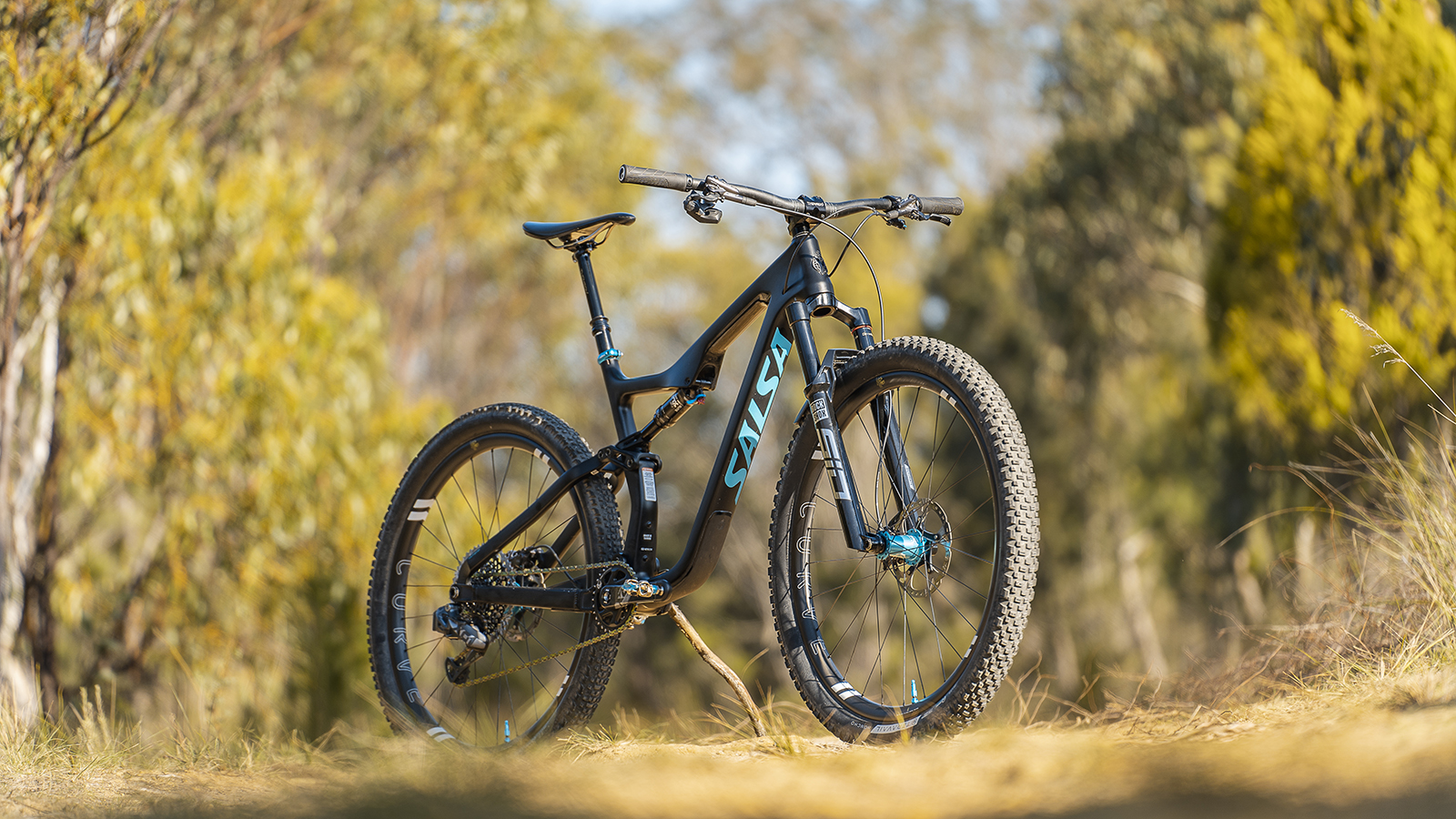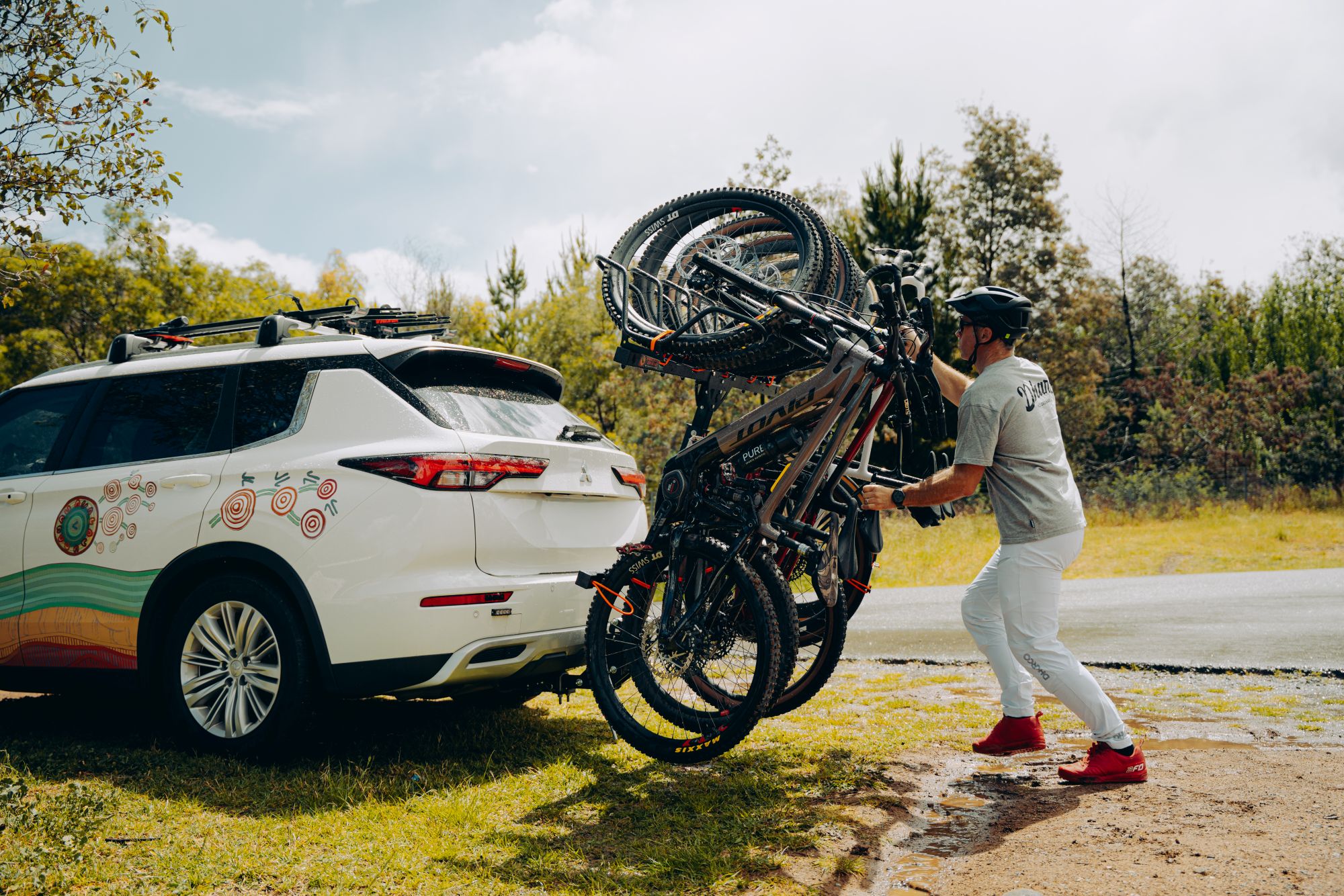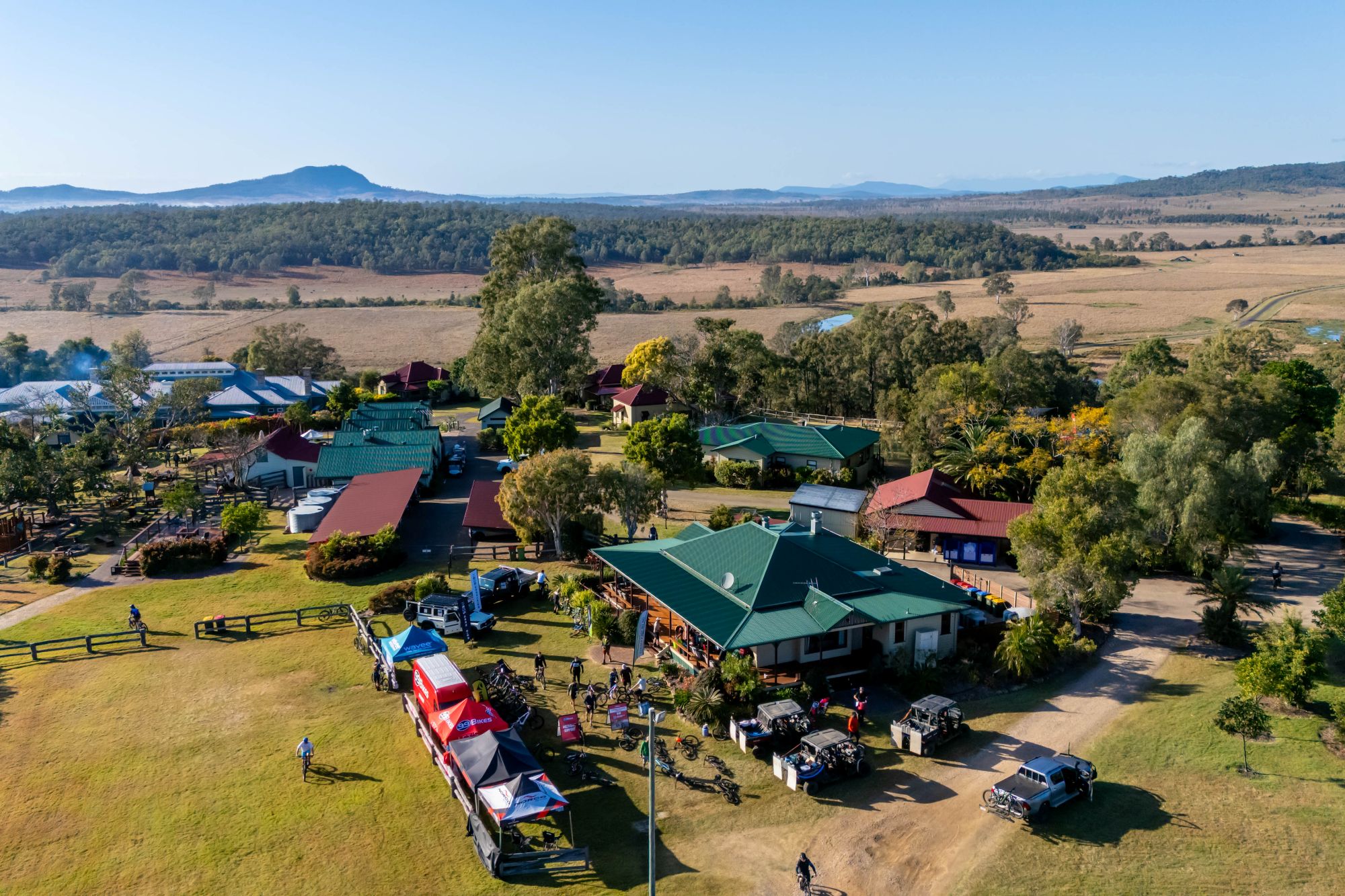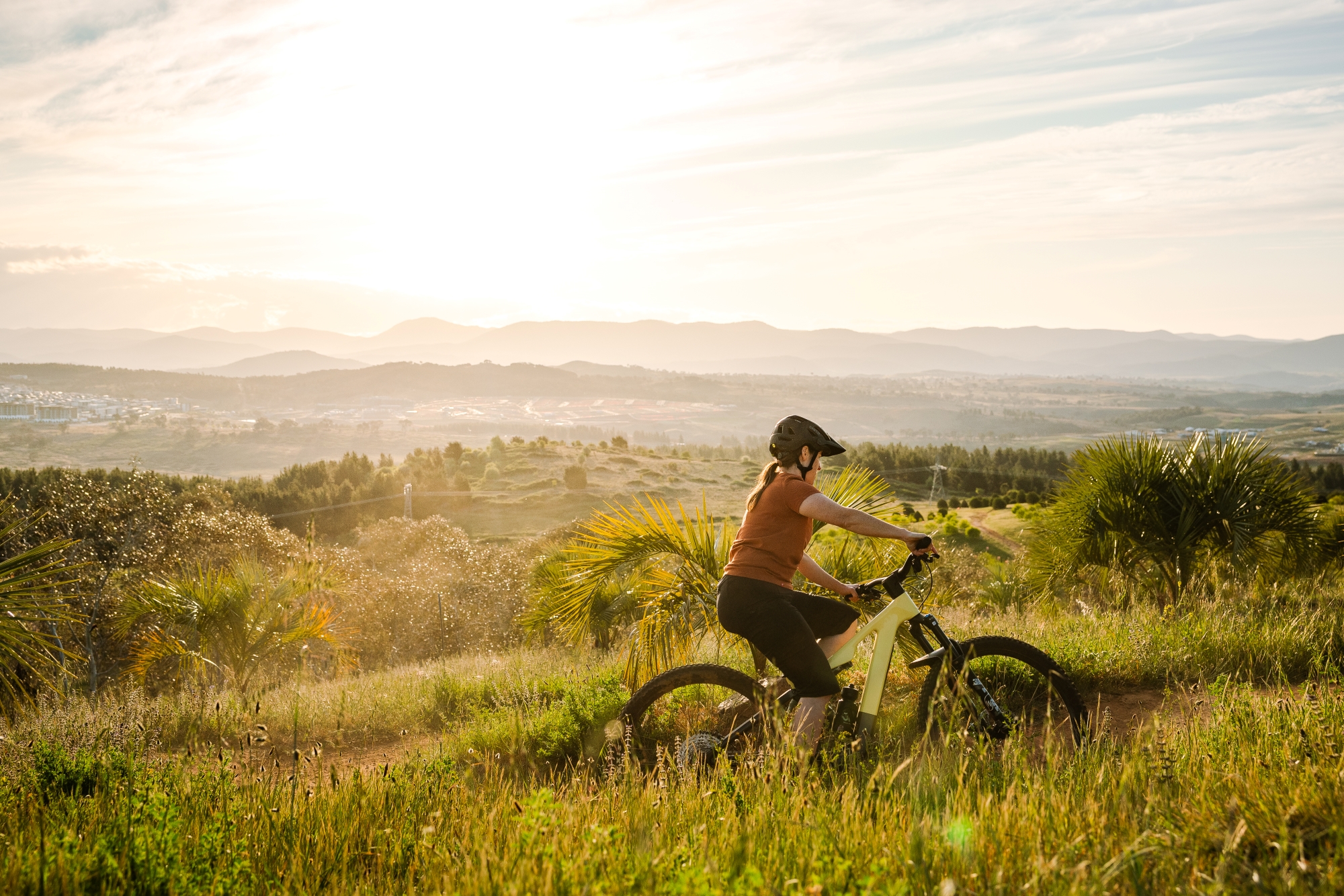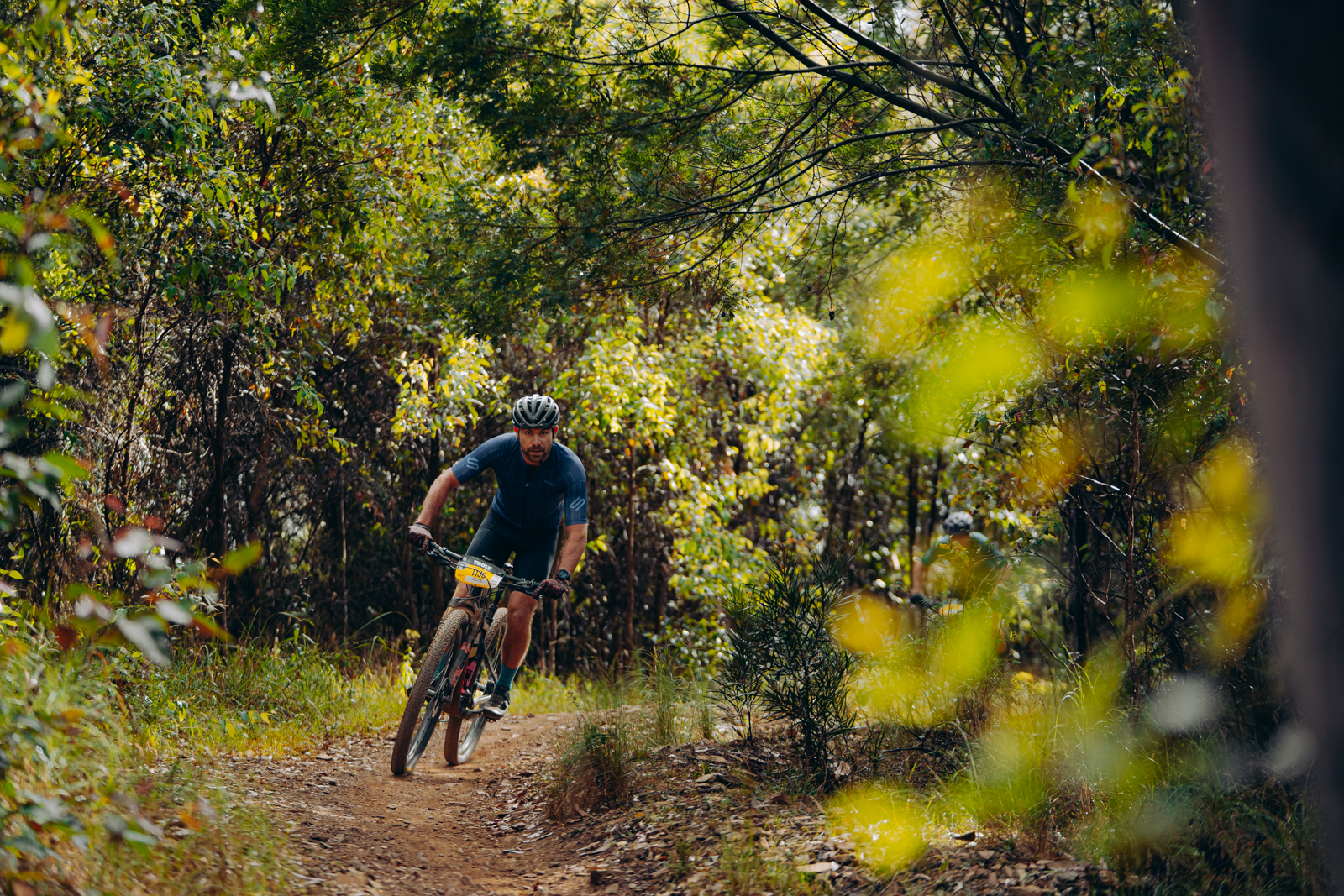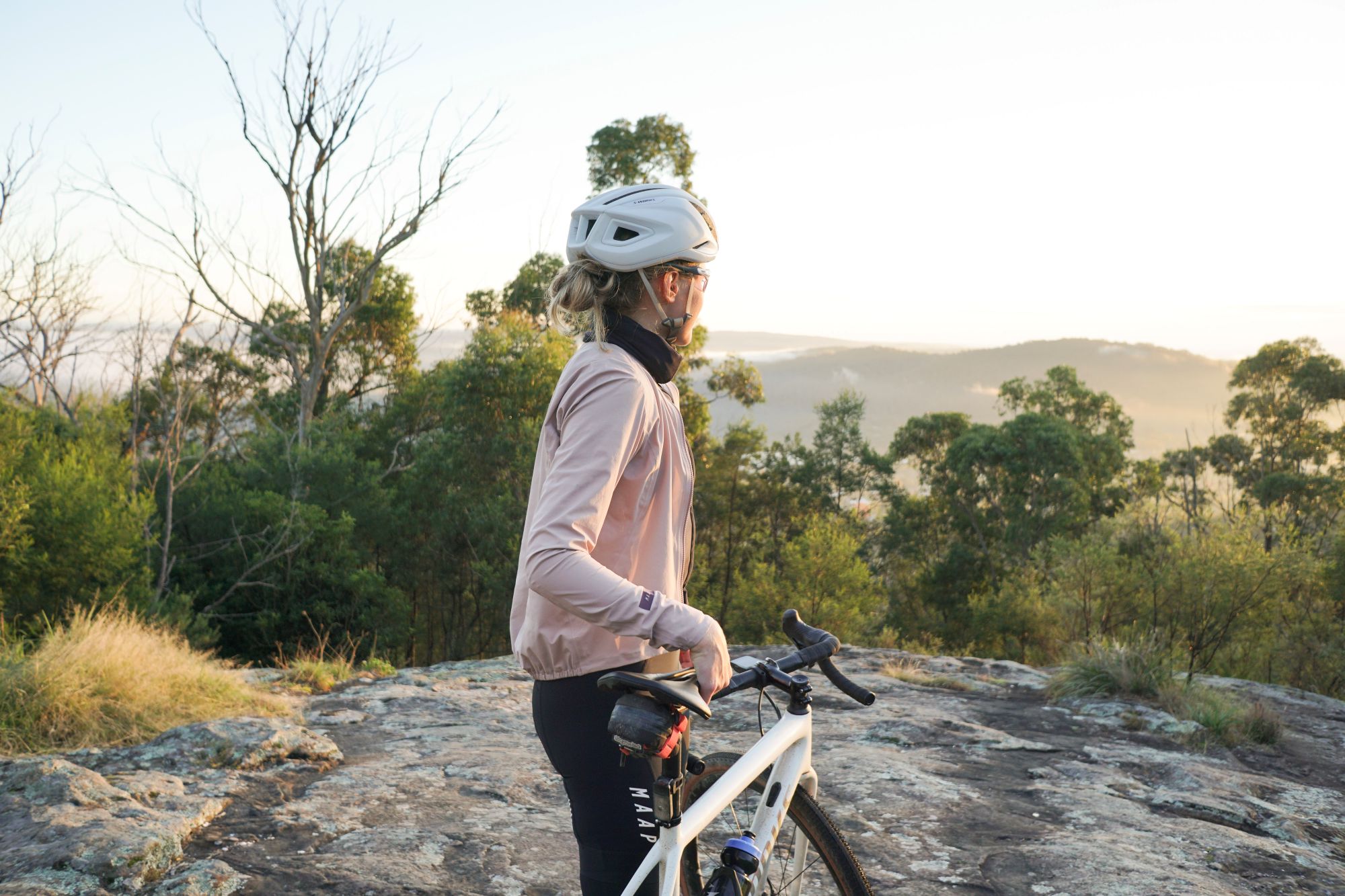TESTED: Salsa Spearfish Frame
The 2022 Spearfish frame is a far cry from it’s 2011 sibling and looks to meld cross-country race efficiency with a bunch of versatility for trail riding, ultra racing and bikepacking.
Photographer: Adam Macbeth
Tester: Neville Jemson
Riding Experience: .Too long to do anything else
Generally Rides: To work, to the pub, and on adventures
Height: 178cm
Weight: 73kg
Bike Test Track: Greater Melbourne and into the hills
Despite their relative obscurity, at least in the Australian market, of recent years Salsa Cycles are a bike brand that have always pushed envelopes. From the release of some of the industry’s first GOOD 29ers (the El Maricachi and Dos Niner) in the early 2000s to pioneering the rise of bikepacking and gravel through their Adventure By Bike motto, Salsa have always walked their own path, often finding many in the industry following on their heels.
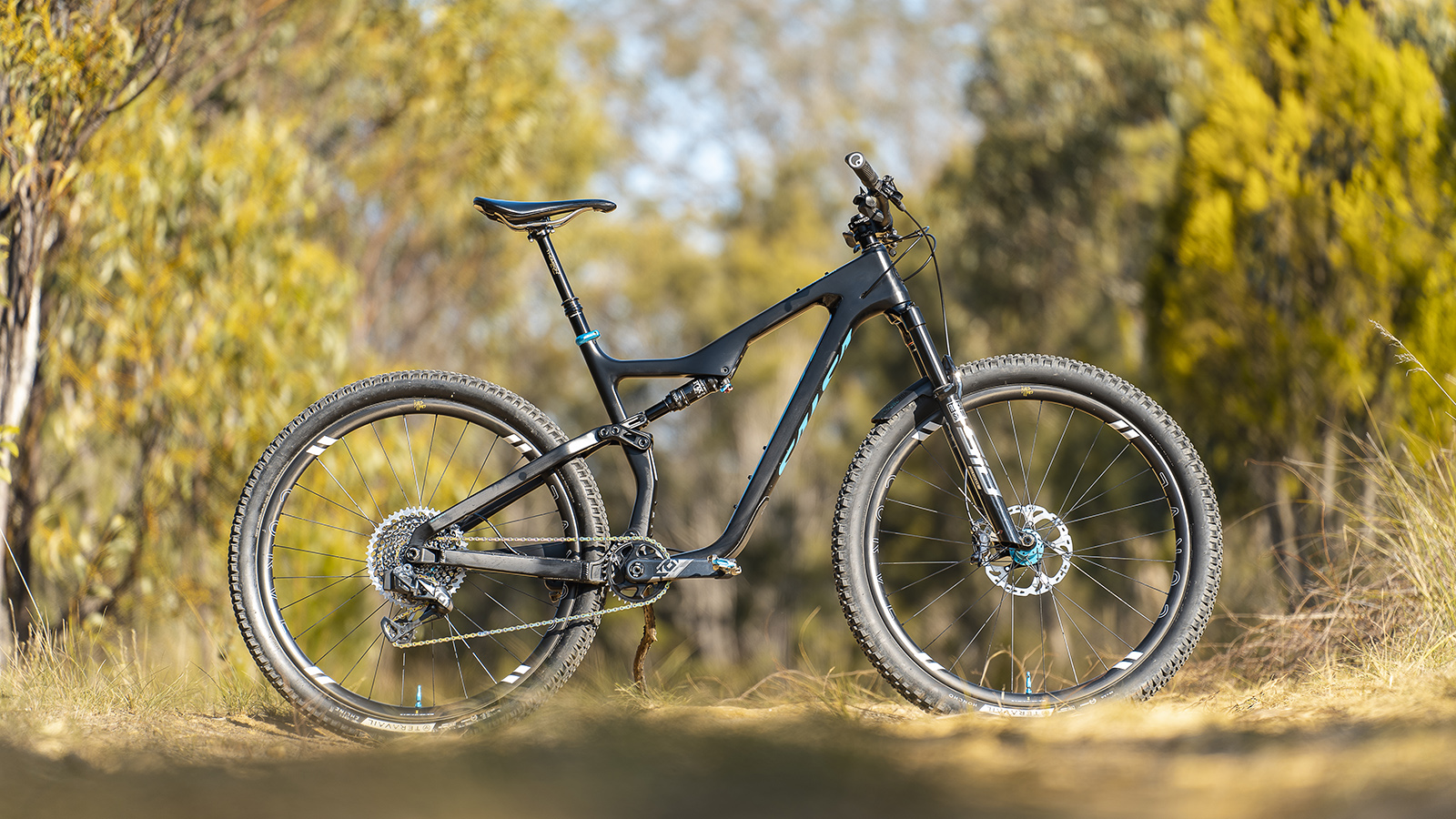
Salsa first released the Spearfish in 2011, a time when not a lot of manufacturers offered 29ers at all, let alone a full suspension one. That original bright green, aluminium Spearfish along with it’s longer travel cousin, the Horsetheif, no doubt played a part in the evolution of the 29er full suspension bike. And evolve they have.
The 2022 Spearfish frame is a far cry from it’s 2011 sibling and looks to meld cross-country race efficiency with a bunch of versatility for trail riding, ultra racing and bikepacking. If you’re hunting on Salsa’s international website you’ll see a bunch of complete bike models, but here in Australia they are only available as a frame set and this review will focus predominantly on frame specific traits. It has been built with a custom spec for our test by Commuter Cycles in Melbourne.
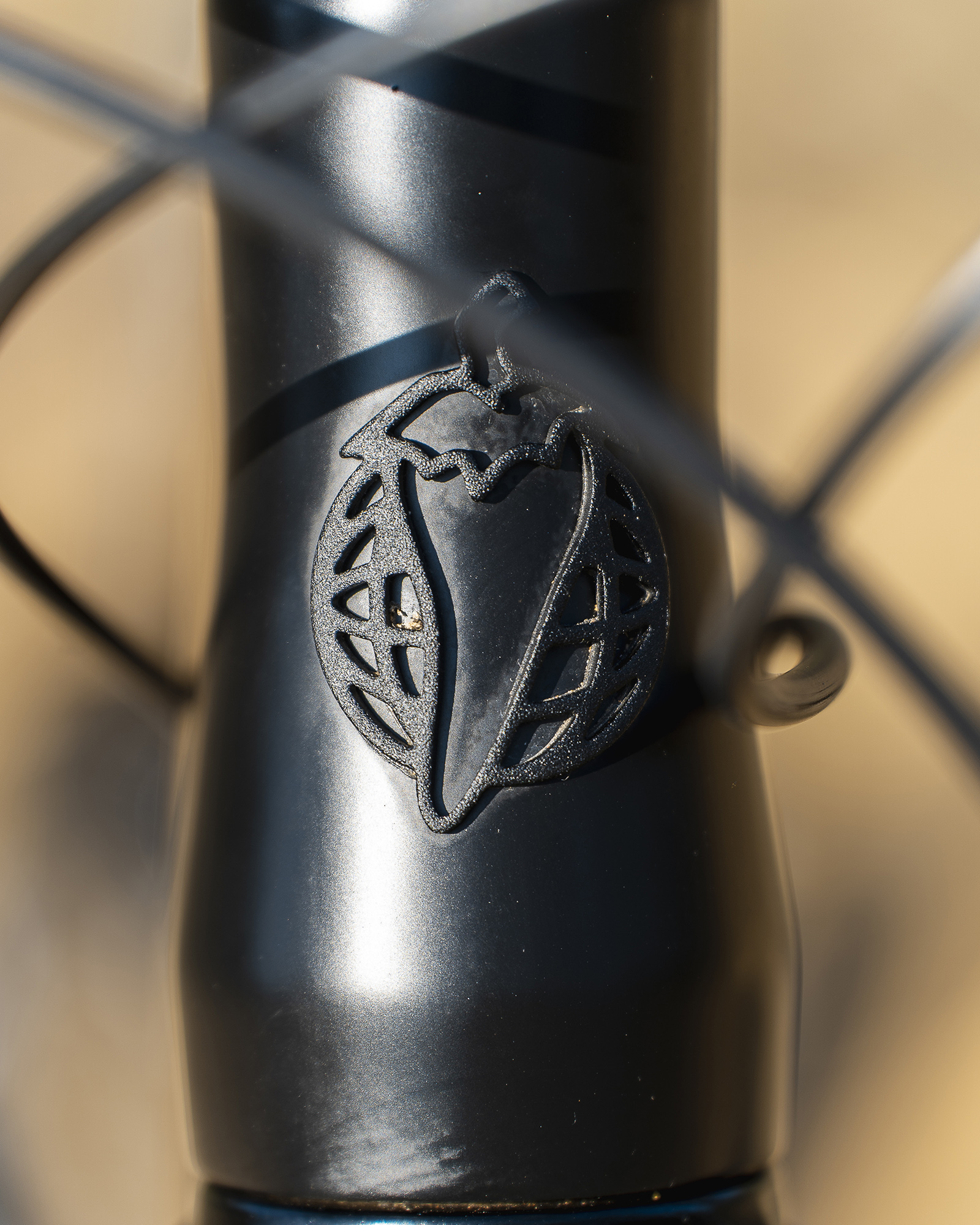
The Spearfish utilises the Dave Weagel designed Split Pivot system that promises pedal efficiency, neutral braking performance and the ability to manufacture bikes at a relatively low weight. I’ve had the previous opportunity to test Split Pivot designs for this publication (the Devinci Troy being the main example) and was excited to get aboard the Spearfish.
Initial Impressions
The Spearfish features 100mm rear travel and is designed around a 120mm fork. On paper this gives the impression of a run-of-the-mill downcountry XC machine, but digging into the details reveals substantially more versatility. Firstly, the lower shock mount features a flip-chip to allow for some geometry change. Not only does this allow the rider to slightly alter handling to their preference but the Spearfish is also capable of a wide range of tyre, and even wheel size changes to suit individual needs. Trying to build a marathon race bike? Flip the chip to the steeper setting, giving you a 68 degree head angle, and run some fast 2.35” rubber. Planning remote backcountry exploring? Flip it to slack, dropping the BB by a few millimetres and fit some 2.6” tyres. Maybe you’re a smaller rider wanting to do some bikepacking? The Spearfish is also capable of taking 27.5+! This level of versatility is rarer and rarer in the industry and has the potential to make the Spearfish a ‘one bike does most’ for a lot of riders.
TESTED: Trek Top Fuel 9.8
To achieve this versatility around wheel size, Salsa elected to design the Spearfish with a 157x12mm Superboost rear end. A feature often seen on longer travel bikes with rowdier intentions, not only does the 157mm rear end add a bunch of clearance but it should allow you to build a slightly tougher rear wheel, as the spokes don’t need to have as much dish. Again, this points to Salsa’s plan for the Spearfish to be more than just an XC bike.
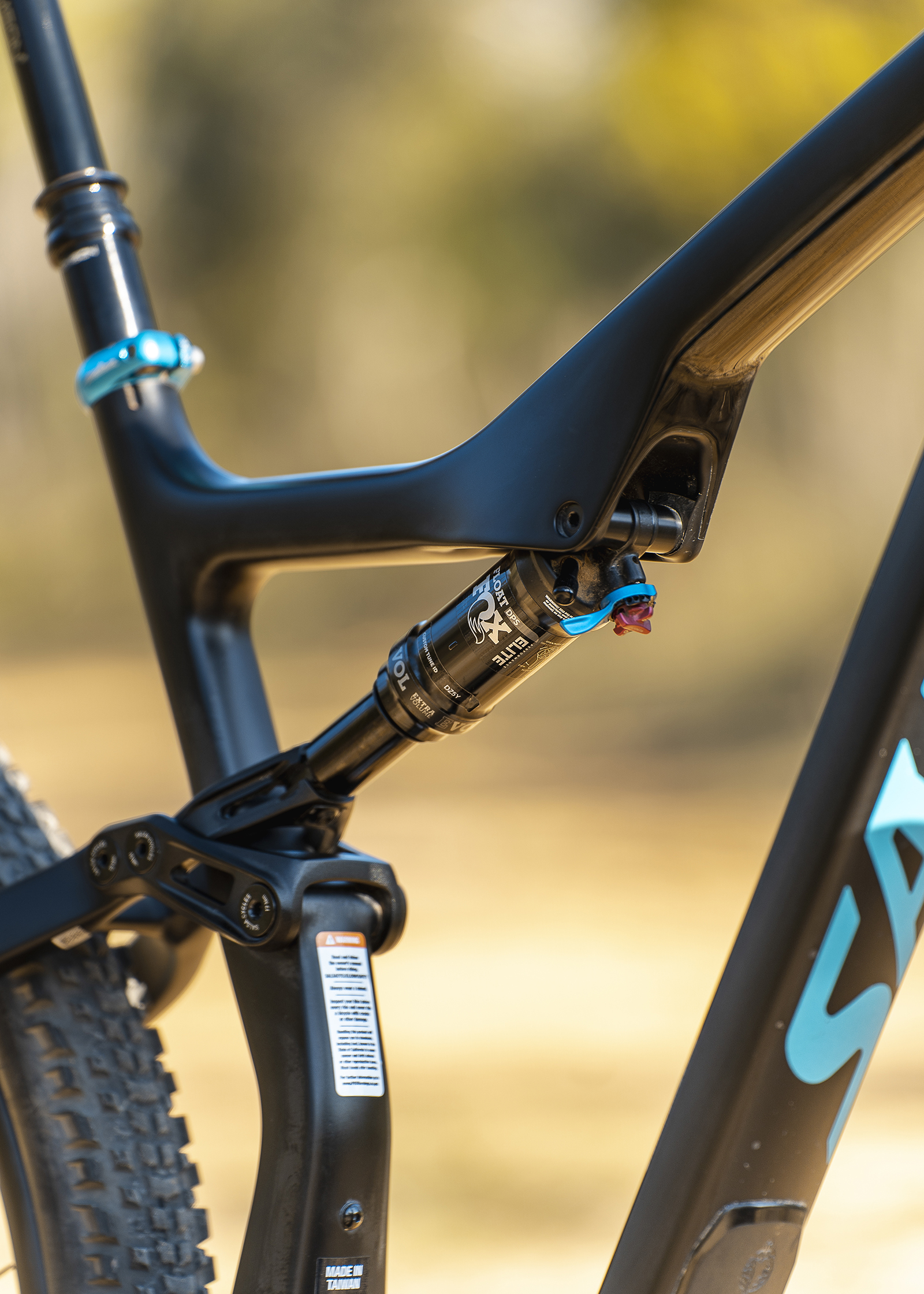
Something that grabs you immediately about the Spearfish is that it’s chonky! With a lot of other bikes in this category (I’m thinking Specialized Epic Evo and Pivot Mach 4 SL) it’s obvious from their appearance that the manufacturer tried to pull some weight out. Seat stays are generally slim and refined, shock hardware is minimised and they often look like a World Cup XC bike with a slightly longer fork. Not so with the Spearfish. The oversized profile of the carbon front triangle is more reminiscent of bigger trail bikes, as are the box section alloy chain stay and the similarly girthy carbon seat stay. The Spearfish also features generous moulded frame protection on the underside of the down tube which ought to help riders cringe less when descending in the rough.
TESTED: Merida Ninety Six RC 9000
Salsa have clearly designed the Spearfish to maximise front triangle space. Standover height on the smaller sizes could get a little tall, but the trade offs are things most riders will appreciate. A lot of modern XC style bikes will let you run two bottles but our Large test bike easily fits two one litre bottles inside the front triangle. Salsa also offer a Spearfish specific frame bag for the bikepackers among us and there is a direct mount top-tube bag mount.
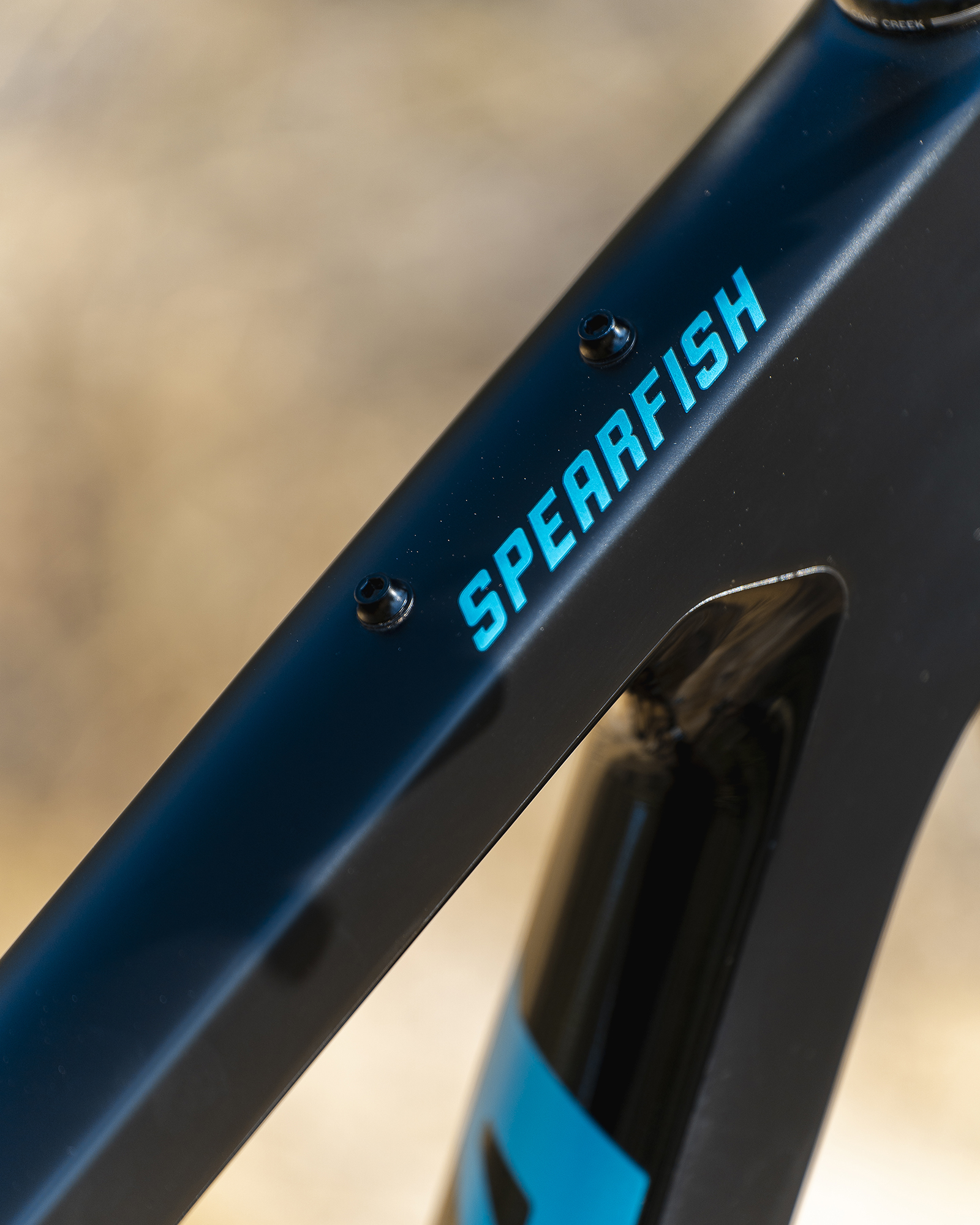
On The Trail
Throwing a leg over the Spearfish for the first time the main things that grab you are the efficiency and the directness. To be fair our test bike came equipped with some very sharp bits including SRAM X01 AXS and Curve carbon wheels, but the thing just goes. If Salsa were aiming to have the Spearfish accelerate like a proper XC bike then they succeeded. Rolling out from the trailhead with the shock fully open onto the first technical climb the Spearfish excelled. As had been my previous experience with Split Pivot the power transfer was direct and smooth and seemed to actually increase traction, the 2.5” Teravail Ehline on the back grabbing hold of edges and only breaking free on the loosest of sections.
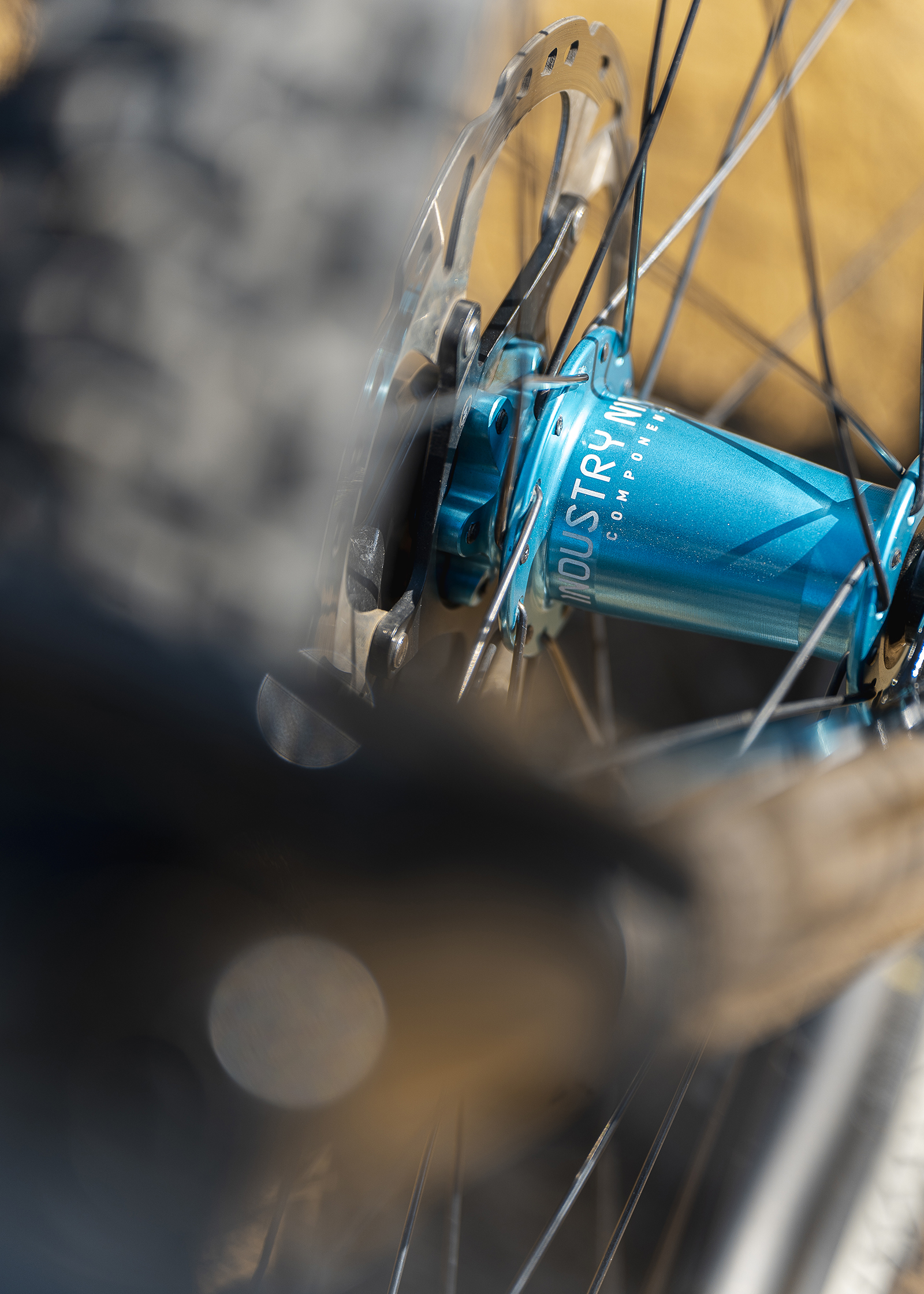
The efficiency and traction of the rear end is matched perfectly by the very stiff front end. Getting out of the saddle to sprint, especially up little pinch climbs felt like someone running behind you with their hand on your back. That direct handling and overbuilt persona doesn’t build the lightest bike, our custom spec test machine coming in a just under 12kg even with some pretty fancy and light parts. Regardless of that, the on-bike vibe is that of a much lighter ride thanks in no small part to the carbon wheel set. If you’re considering your own Spearfish build it’s worth considering a focus on wheel weight to make the most of the bike’s inherent capabilities.
While this test took place in the cooler months, having the ability to carry more than one bottle and not carry anything on your back is something that would be pretty easy to get used to. On one six hour ride I was able to carry two litres of water along with a top tube bag with phone, Dynaplug, multitool and CO2 inflator and my keys to get back in the house. Adding a small bumbag to this would open up some much longer day riding with minimal gear on your back with long gaps between stops.
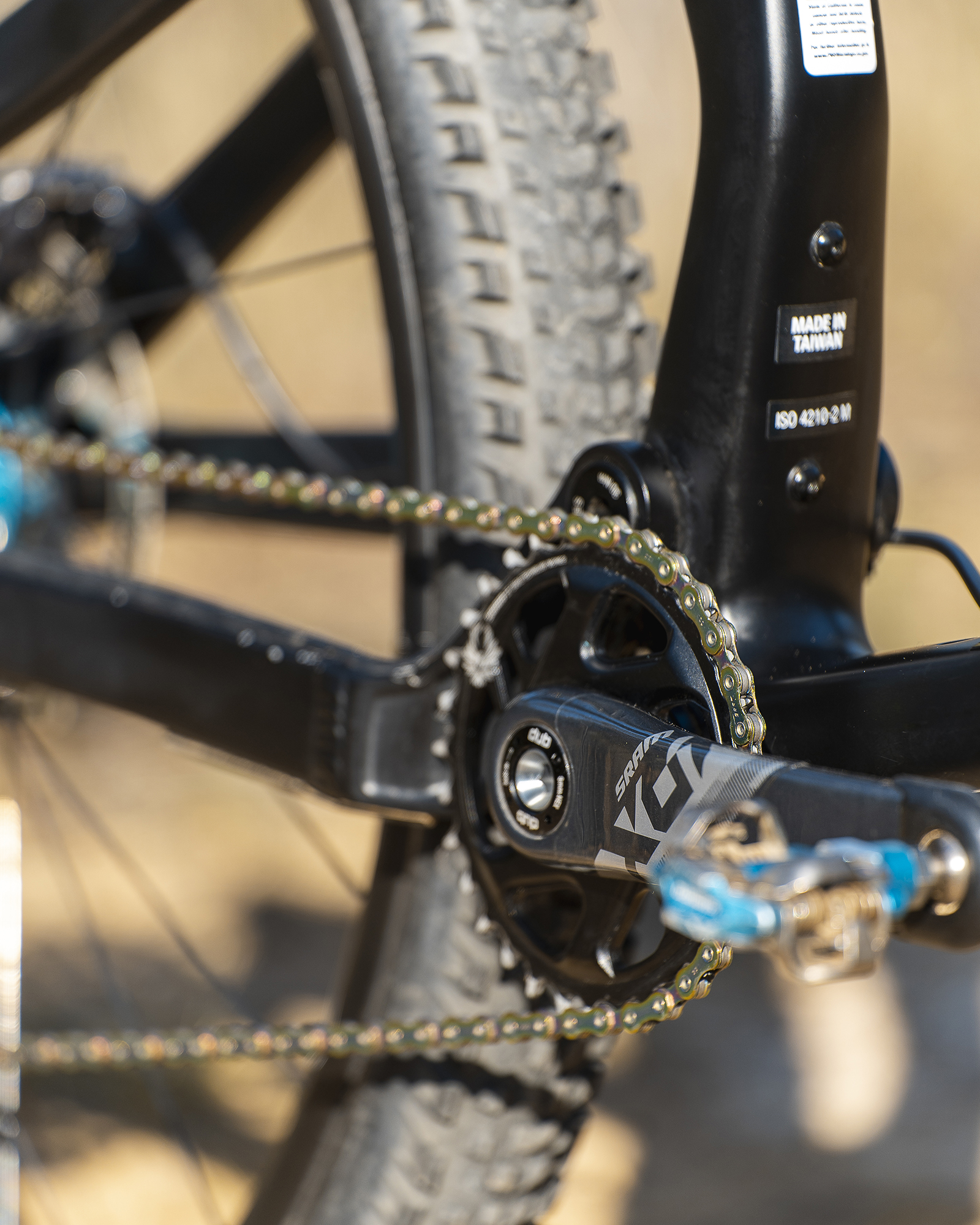
To be fair, it’s been some time since I pushed hard on a descent on a bike with only 100mm of travel. I’m not a big fan of industry buzz words but the Spearfish makes me want to get a Downcountry tattoo. I ran the flip-chip in the slacker setting for the duration of this test. While it only drops a fraction of a degree off the head angle, the slightly lower bottom bracket teamed up with the very stiff front end and super plush Split Pivot rear is capable of dealing with a lot more of your mistakes and bad line choices than it’s 100mm status would suggest. Being used to slacker angles on my personal bikes I was initially concerned that descending on a bike with a 68 degree head angle was going to feel a bit sketchy. Not so, the long front end of the Spearfish and 50mm stem put the rider in the perfect spot for staying off the brakes a little more in the rough. On their website Salsa bang on a lot about ‘precision’ and ‘speed’ when describing the Spearfish but they’re not bullshitting, this thing is a seriously impressive all-rounder.
Our Take
If versatility is high on your list of priorities for your next Downcountry style build then the Spearfish is certainly worth a look. Will it win you a National XC round? No. But you’d still go fast and have a great time on a bike that’s also capable of safety tackling some remote bikepacking and backcountry exploring. Being only available as a frame set here in Australia means that you’ll need to facilitate your own build but the level of versatility the Spearfish offer gives you plenty of options for where you take that and what it can do.
Want more bike review? Head to our Bike Tests page!
Brand: Salsa Cycles
Model: Spearfish Frame set
RRP $3699
Weight 11.7kg (as tested)
From: scvimports.com.au
Available Sizes XS-XL
Frame Material: EPS Carbon fibre
Fork: RockShox SID Ultimate 120mm
Shock: Fox Float DPS Performance 100mm
Shifter: SRAM X01 AXS
Derailleur: SRAM X01 AXS
Crank: SRAM X01 Carbon 170mm
Bottom bracket: SRAM DUB
Chain: SRAM
Cassette: SRAM X01 10-52 (12sp)
Hubs: Industry 9 Torch Boost
Spokes: DT Swiss Competition double butted
Rims: Curve Dirthoops Carbon
Tyres: Teravail Honcho 2.6 front Ehline 2.5 rear
Brakes: Shimano XT M8120 4-Pot
Stem: Thomson X4 50mm
Handlebars: Salsa Rustler aluminium 750mm 12 deg
Seatpost: KS Lev Integra w/Wolftooth lever

